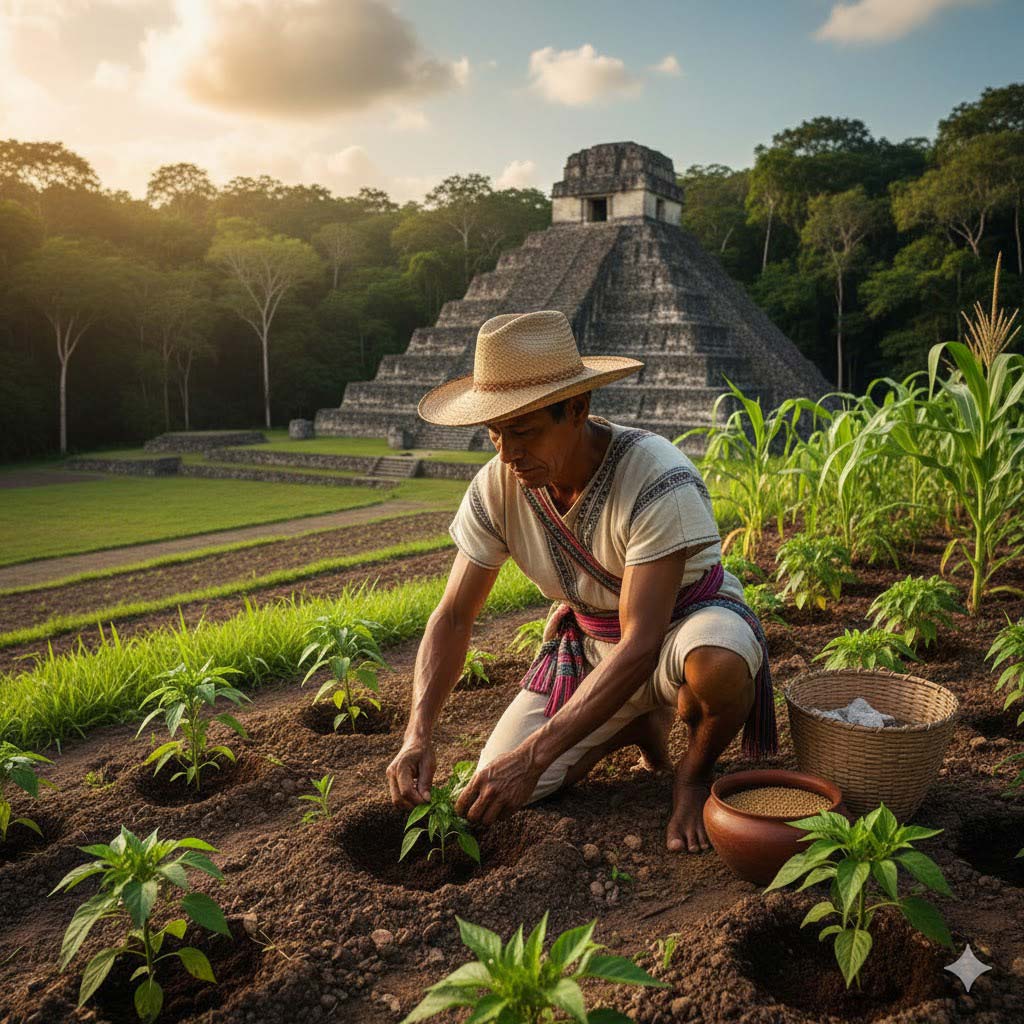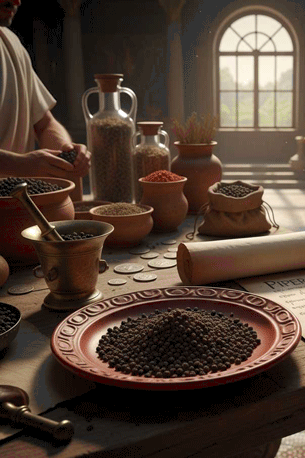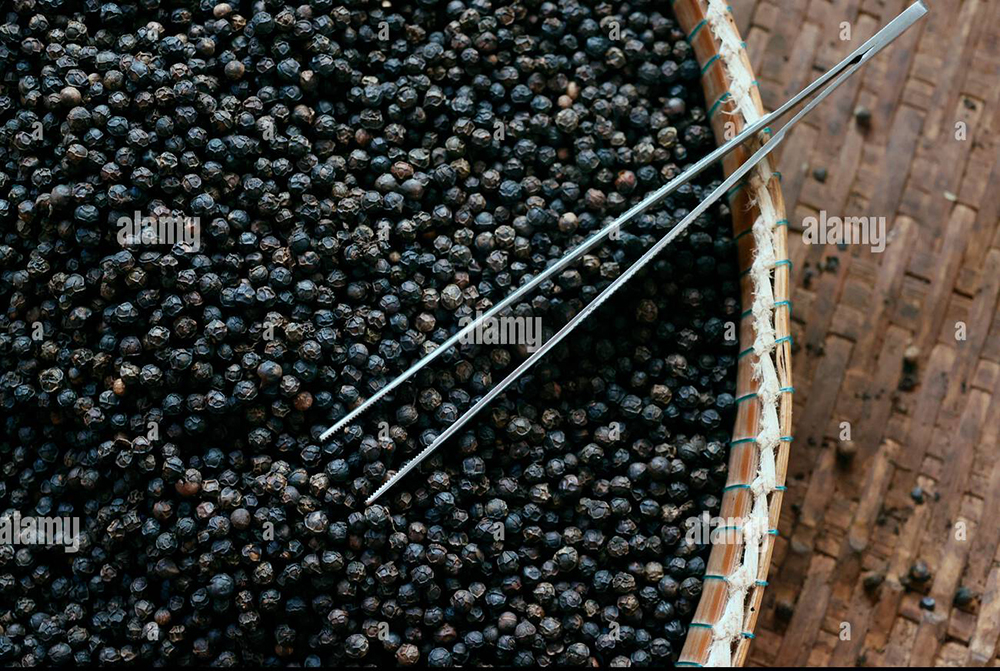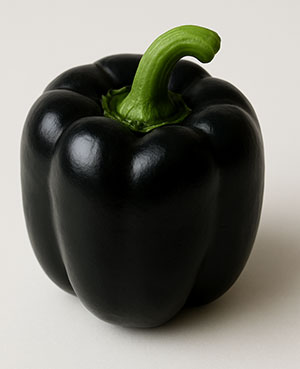Black pepper (Piper nigrum) is one of the world’s most traded spices and a cornerstone of global cuisine. Its cultivation depends on specific environmental conditions: warm tropical climates, abundant rainfall, fertile soils, and steady humidity. While many countries grow pepper, only a few consistently deliver the volume and quality that shape the global market. Below are the top countries renowned for producing the finest black pepper.
🇮🇳 1. India — The Historic Heartland of Black Pepper
India is considered the birthplace of black pepper, historically known as “black gold” along ancient spice routes. The southern states—Kerala, Karnataka, and Tamil Nadu—offer ideal growing conditions: fertile laterite soils, high humidity, and elevated terrain.
Why India excels:
- Optimal tropical climate with monsoon rains
- Rich biodiversity that favors pepper vines
- Traditional knowledge passed down through generations
Indian black pepper, especially the Malabar and Tellicherry varieties, is prized for its strong aroma and high piperine content.
🇻🇳 2. Vietnam — The World’s Leading Pepper Producer
Vietnam dominates global black pepper production, contributing more than a third of the world’s supply. Key growing regions include Dak Lak, Gia Lai, and Ba Ria–Vung Tau, known for their basaltic soils and tropical climate.
Why Vietnam leads:
- High-yield cultivation techniques
- Large-scale, efficient farming
- Robust export infrastructure
Vietnamese pepper typically has a sharper flavor profile and competitive pricing, making it a global commercial favorite.
🇮🇩 3. Indonesia — Home of the Famous Lampung Pepper
Indonesia is another powerhouse, with pepper farms concentrated in Lampung (Sumatra) and Bangka Belitung. The country is known for producing both black and white pepper.
Why Indonesia stands out:
- Volcanic soils rich in minerals
- Long-standing pepper-growing tradition
- Distinctive smoky, earthy flavor
Lampung black pepper is one of the most exported varieties, valued for its bold and slightly woody taste.
🇧🇷 4. Brazil — A Rising Giant in Pepper Cultivation
Brazil is the largest pepper producer in the Western Hemisphere, especially in the regions of Pará and Espírito Santo. The country’s tropical climate and extensive agricultural research have boosted both production and quality.
Why Brazil performs well:
- Advanced agricultural technology
- Vast land suitable for large-scale cultivation
- Consistent climate conditions
Brazilian pepper tends to be clean, flavorful, and high in essential oils.
🇱🇰 5. Sri Lanka — Known for Premium Ceylon Pepper
Sri Lanka produces some of the world’s most aromatic pepper, often marketed as Ceylon Pepper. The central and southern regions, such as Matale and Kandy, offer fertile soils and ideal humidity.
Why Sri Lanka shines:
- High-oil-content berries
- Sustainable and organic farming practices
- Naturally superior aroma and flavor complexity
Though produced in smaller quantities, Sri Lankan pepper commands premium prices in international markets.
🇲🇾 6. Malaysia — A Boutique Producer with High-Quality Varieties
Malaysia, especially the state of Sarawak, is known for producing distinctive pepper varieties like Sarawak Black and Sarawak Creamy White pepper.
Why Malaysia is notable:
- Specific microclimates that enhance flavor
- Strict quality control and grading systems
- Mildly spicy, fruity flavor profile
Sarawak pepper has earned a Protected Geographical Indication (PGI) status, highlighting its global prestige.
Conclusion
The success of black pepper cultivation hinges on tropical climates, fertile soils, and dedicated agricultural practices. Countries like India, Vietnam, Indonesia, Brazil, Sri Lanka, and Malaysia have mastered these conditions, each producing pepper with unique characteristics that cater to different markets and culinary needs.
Whether you’re looking for the bold heat of Vietnamese pepper, the aromatic elegance of Indian Tellicherry, or the refined quality of Sarawak pepper, the global pepper belt offers diverse flavors rooted in centuries of tradition and innovation.








Leave a Reply